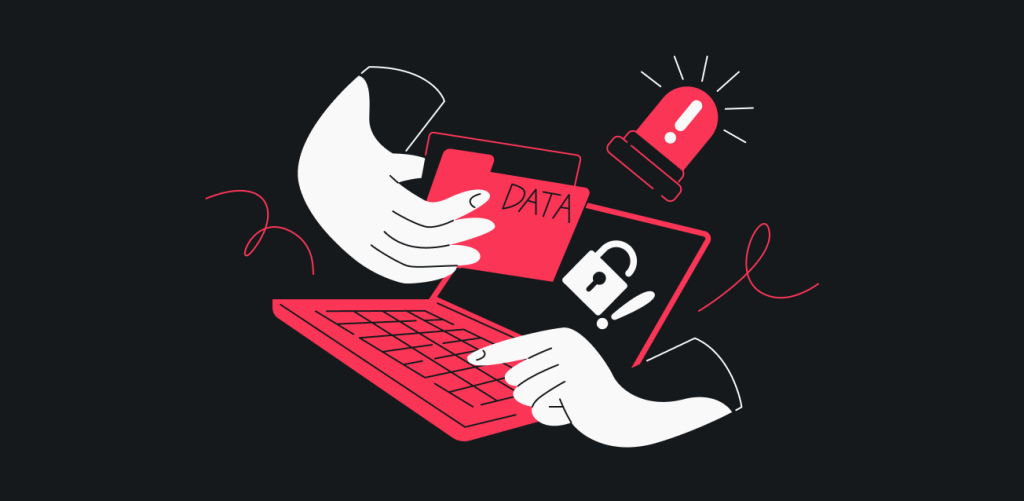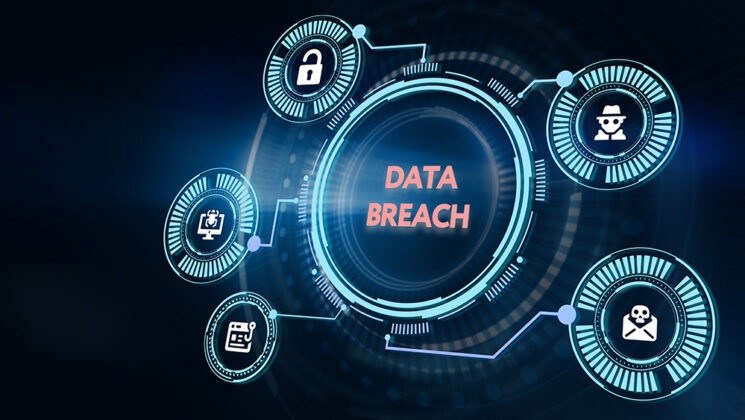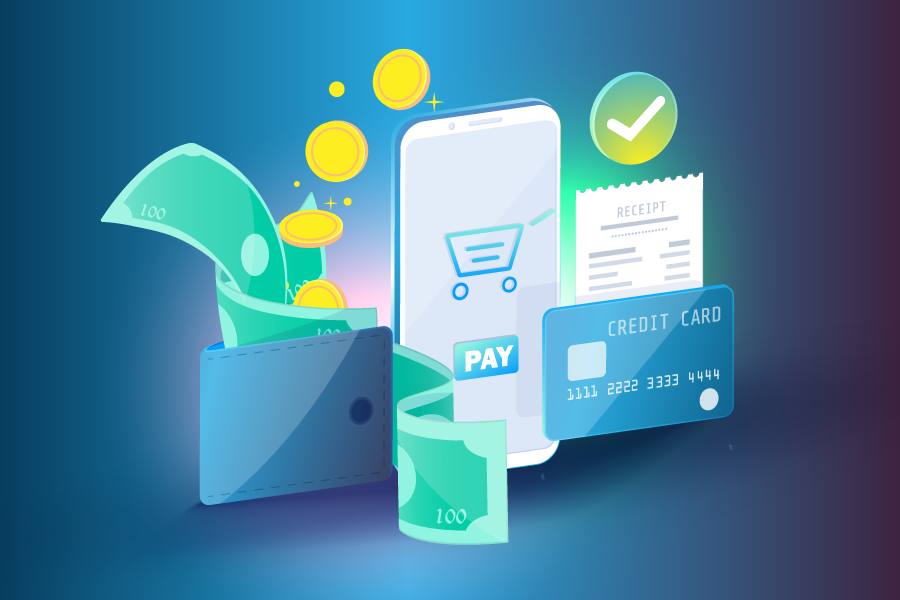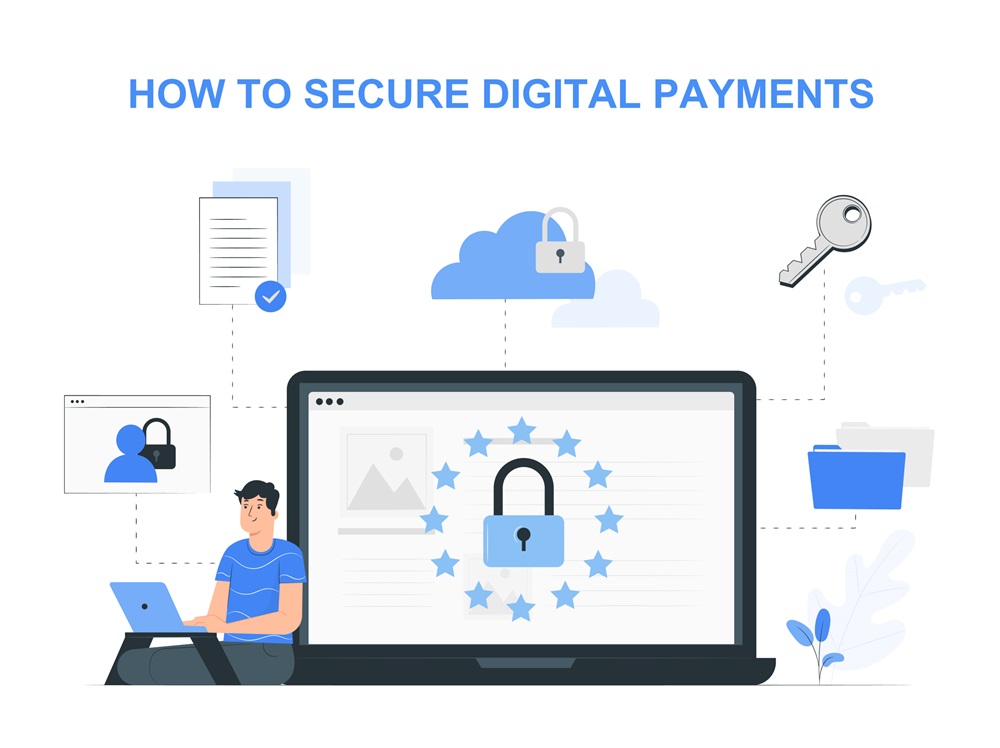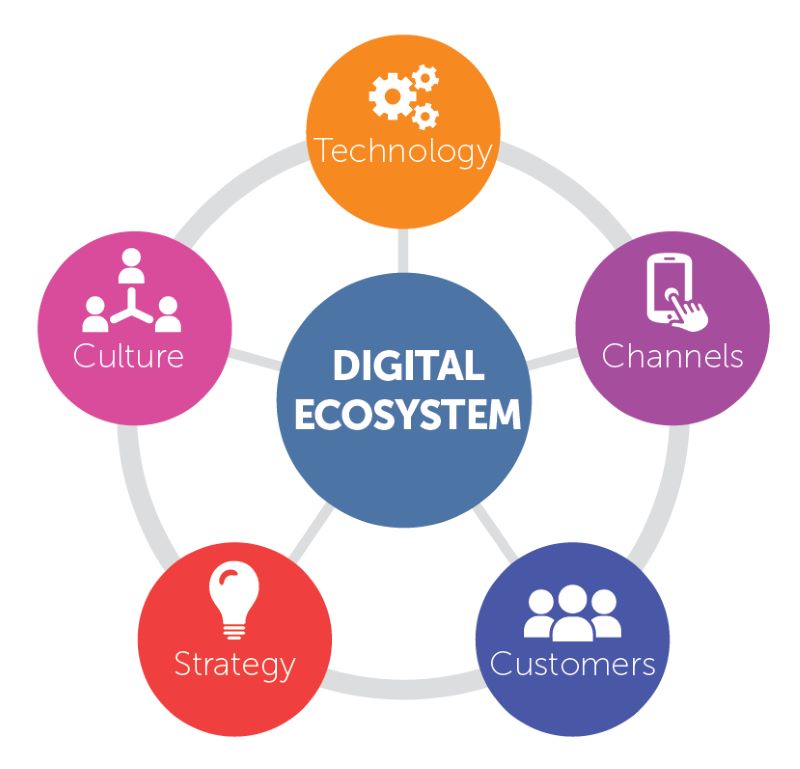Imagine the cash in your pocket could vanish without a trace. With digital wallets, this fear lurks behind every transaction. The impact of data breaches on digital payments is a real threat we all face. Cash once felt safer tucked away in our pockets, but as digits on screens govern our buying power, the stakes are higher. It’s not just about losing money; it’s about your life’s details for sale in a shady digital market. From the mom-and-pop shops to giant retailers, no one is immune to the claws of cyber theft. But what does this really mean for you and your hard-earned money? Let’s delve into the chaos that follows when digital security walls come crashing down.
Understanding the Gravity of Digital Payments Security Breaches
The Growing Trend of Financial Data Compromise
Yearly, digital payments bloom. More of us click and pay with ease. But with ease comes risk. Financial data breaches are rising, and they leave trails of chaos. You should worry because these breaches target your digital wallet too.
What’s a financial data compromise? It’s when sneaky thieves steal our card details online. This can lead to money taken from accounts without us knowing. Breaches can happen when we shop, pay bills, or even just save our card online for easy access next time.
We live in a world where buying a toy online can end up costing more than just money. Once your details are out there, they can be sold, shared, or used to steal from you again and again.
Analyzing High-Profile Cybersecurity Threats to E-Payments
You’ve heard big store names on the news, right? They fall victim to cybersecurity threats. High-tech criminals bust through online defenses. They swipe loads of credit card info in a snap. This means trouble for both shops and shoppers.
Even though shops and payment services work hard to stop these bad guys, no system is perfect. Cybersecurity threats to e-payments are like pesky flies at a picnic—they always find a way to buzz around your food.
Online shopping should be fun, not scary. Sadly, after a hack, it’s hard to feel safe. Folks might stop trusting their favorite e-stores. No one wants to key in their card details, worried it’s going straight to a thief’s pocket.
Here’s what shops do about it. They tighten up their payment gates with something called encryption. It’s like a secret code for your card details. If the bad guys get this code, they can’t make sense of it without the key.
Shops and banks also follow a set of strict rules. These rules help protect your payments. One big rulebook is called PCI DSS. It’s like a guide on how to keep your card details safe on the web.
Plus, many have started using two-factor authentication for e-payments. This is when you need two kinds of proof to show it’s really you buying those cool shoes online. It makes life harder for the sneaky data thieves.
Lastly, let’s not forget about you. The best protection is being careful where and how you shop online. Peek at the website’s address bar. Look for that tiny padlock symbol before you enter your card info. That’ll tell you the connection is secure.
Your digital wallet holds more than money; it’s your ticket to the ease of online shopping. It’s about keeping that ticket safe, so cyber thieves won’t get a free shopping spree on you. Always keep an eye on your charges and act fast if something fishy pops up.
In a world where every click can lead to a risk, staying informed is key. Recognizing threats and knowing how to shield yourself will keep your digital wallet locked tight.
Trust and Consequences: Navigating Aftermath of Payment System Hacks
The Erosion of Consumer Trust Following Payment Data Leaks
How safe do you feel when you hear about a data leak? Not much, I bet. Well, think about this: each time a hacker gets into a payment system, they break the trust you put in it. Let’s be real, trust is like glass; once cracked, it’s hard to fix. It gets worse after your credit card details are stolen online. It’s like someone sneaking into your wallet without you knowing. You start wondering, “Can I trust online shopping again?” This fear is common when digital wallet vulnerabilities come up.
Trust is like a bridge between you, the stores you like, and their banks. If that bridge falls, the flow stops. Stores need your trust to keep sales moving. Banks have to keep your money safe. That’s their job. Cybersecurity threats to e-payments can make that bridge wobble. People get scared. They might stop using digital payments and go back to cash, or use a different store next time. So, stores and banks work hard to rebuild trust. They might add new locks to digital payments, like two-factor authentication. It helps, but trust takes time to grow back.
Exploring the Long-term Consequences for Affected E-commerce Entities
Now, let’s talk about the stores you buy from online and how they deal with leaks. When payment data leaks, it’s not just a bad day for them; it’s a long headache. First, there’s the money loss. If hackers get in, it can cost a bunch for the store to make things right again. This includes telling people about the breach, which they must do by law. Then, there’s the hit to their name. Once people hear a store got hacked, they might not want to shop there. The store has to win shoppers back. That’s hard and costs even more.
But the trouble doesn’t end there. Let’s talk law. A store or bank that gets hit with a hack might face legal trouble. They have a part in keeping your info safe. If they don’t, they have to answer for it. This can mean big fines and even having to go to court.
What about the future for these e-commerce places? They need to work on two main things. One, they have to tighten up security. This means layers of protection over internet payments. It’s like building a better bridge, so it doesn’t wobble again. Two, they must show they’re sorry and that they’ve changed. They have to repair how people see them and prove they can keep data safe now. This can mean adding stuff like tokenization or biometrics to payments.
Leaks in payment data make for troubled waters. Trust sinks, and costs rise. Being safe means more than just strong passwords now. It means stores, banks, and you all doing your parts top-notch. When a breach hits, it’s all hands on deck to make things right, fast.
Strategies for Fortifying Digital Payment Security
The Critical Role of Encryption in Protecting Payment Gateways
Imagine your digital payments as money moving in a clear tube. People can see it and might try to take it. Now, encryption wraps this money in a solid, unseen layer. It’s like a secret code that only the right person can read. This code keeps money safe when it moves from one place to another. Banks and stores use this secret code every day. It’s the guard that fights off bad guys trying to steal.
So, what happens without this secret code? Your credit card numbers could get stolen. Even little leaks can turn into big problems. Think of it as leaving your bike unlocked. If someone sneaks in, they could take your bike, or in this case, your money. When we buy things online or use our phones to pay, we trust these secret codes to keep us safe.
PCI DSS Compliance: A Cornerstone in Prevention of Online Payment Fraud
Now let’s talk about rules for keeping payments safe, mainly PCI DSS. Think of it as a list of must-dos to protect cards and money online. These rules make sure stores and online shops have a strong lock on their doors. They’re like tests that shops need to pass. If they don’t, they could get in big trouble.
What happens if shops don’t follow these rules? Bad guys can get in easier and steal card numbers. When this happens, people get scared to buy things online. Phones could be less safe for paying too. Shops have to stick to these rules. They have to check their locks and walls to keep hackers out.
Using these rules helps keep everyone’s money safe in the digital world. When we stick to them, we make it really hard for thieves to get in. It’s like having a watchdog that barks loud when something’s wrong. This trust makes more people want to shop and pay with their phones or online.
Both secret codes and PCI DSS are like shields in a big fight. They stand strong to keep our money safe from hackers. Every time you buy something, remember someone is working hard to keep it all safe. This way, we can all feel good when we tap, click, or swipe to pay.
The Future of Secure Digital Transactions
Advances in Biometric Verification and GDPR Compliance in E-Payments
Let’s talk safety locks for your money online. When bad guys break into payment systems, everyone gets scared. We can’t let them sneak into our wallets, right? Imagine opening your wallet with just your face or finger! This is possible with biometric verification. It’s like having a secret code, but instead, your body is the key. Now, two-factor authentication for e-payments is common. It’s like having two locks instead of one. Safety first!
European laws are also here to help. The GDPR makes sure companies handle our details with care. If they mess up, they face big fines. It’s like making someone promise to keep your secret. If they tell, they pay up. This keeps our credit card information safer.
Embracing Blockchain and Tokenization for Enhanced Transaction Security
Blockchain is a super smart way to protect your digital money. Think of it like a puzzle. Once it’s built, no one can change it without everyone knowing. It keeps an eye on your money. It’s like having a guard dog that barks if someone sneaks in.
Tokenization turns your card details into secret codes. It’s like swapping your real diamond for a fake one. Thieves can’t use the fake to steal your stuff! This cuts down identity theft in digital transactions. So, when you shop, use places that offer tokenization. It’s a shield for your shopping cart.
And guess what? Online transaction risks can drop big time with these tools. Think about buying a toy online. You want to keep your money safe until you get that toy, right? Biometric checks, GDPR’s tight rules, the puzzle of blockchain, and the magic of tokenization do just that. Secure and neat!
Get this: prevention of online payment fraud is a must. It’s like putting armor on your cash. You want it to be tough for bad guys to grab. And encryption in protecting payment gateways? Super cool. It scrambles your card numbers so no one can read them. Like turning words into a secret code. Only the right person can unscramble it.
Think about big stores and their role here. Merchants’ role in safeguarding user data is huge. They need to keep your secrets safe, like a friend. Always pick stores that you know take care of your info. It’s like choosing a babysitter for your cash. You wouldn’t pick just anyone, right?
After breaches, companies have to tell you, thanks to data breach notification laws. This is like saying “Oops, we messed up. Sorry!” Then they hustle to fix things. It’s all about keeping trust tied up tight. We all should know who’s good at keeping our money safe. We want to shop without worrying about our cash going poof!
Now let’s keep our eyes open. Not everyone is playing by the rules yet. But we’re getting smarter. More locks, puzzles, guards, and shields! Our digital wallets are getting safer every day. And that’s something to feel pretty good about! 🛡️💳
In this post, we’ve walked through the serious effects of security failures in digital payments. We saw how data breaches are on the rise, hitting even big names hard. I’ve shared the damage such leaks cause to shoppers’ trust and how they can tarnish an e-store’s rep for years. It’s not all doom and gloom, though. I’ve outlined solid steps to make digital payments safer, like encryption and following PCI DSS rules. Plus, we looked toward a safer future with cool tech like biometrics and blockchain.
Your takeaway? Staying on top of these strategies is key to protect your cash and your customers. This stuff matters more than ever in our online world. Keep it safe, stay alert, and here’s to safer shopping and selling online!
Q&A :
How do data breaches affect consumer confidence in digital payments?
Data breaches can shake the trust that consumers place in digital payment platforms. When sensitive financial information is compromised, users may question the security measures implemented to protect their data. This loss of confidence can lead to a reduction in the usage of digital payments as consumers may revert to traditional payment methods that they perceive as safer.
What kind of impact do data breaches have on the cost of digital transaction processing?
Following a data breach, digital payment providers may face increased costs associated with security enhancements, fraud monitoring systems, legal fees, and compliance with regulations. These costs can sometimes be passed on to merchants and consumers in the form of higher transaction fees or other charges, indirectly affecting the overall cost of digital transactions.
Are digital payment platforms at greater risk of data breaches compared to traditional payments?
Digital payment systems often involve the storage and transmission of large volumes of sensitive financial data, potentially making them appealing targets for cybercriminals compared to cash-based or other traditional payment systems. The complexity and interconnectivity of digital platforms may increase the risk of breaches if not properly secured.
How can businesses mitigate the risks of data breaches in digital payments?
Businesses can take several proactive steps to strengthen their defenses against data breaches, such as implementing strong encryption methods, ensuring compliance with industry security standards like PCI DSS, conducting regular security audits, and adopting multifactor authentication. Employee training on data security best practices and having an incident response plan can also be crucial in mitigating risks.
What long-term effects can data breaches have on the evolution of digital payments?
Data breaches can have significant long-term consequences on the direction and innovation within the digital payment industry. Providers might prioritize security features over convenience or new functionalities to regain user trust. Over time, stringent regulations and more robust security measures could become the norm, contributing to a more secure but possibly less user-friendly payment environment.

